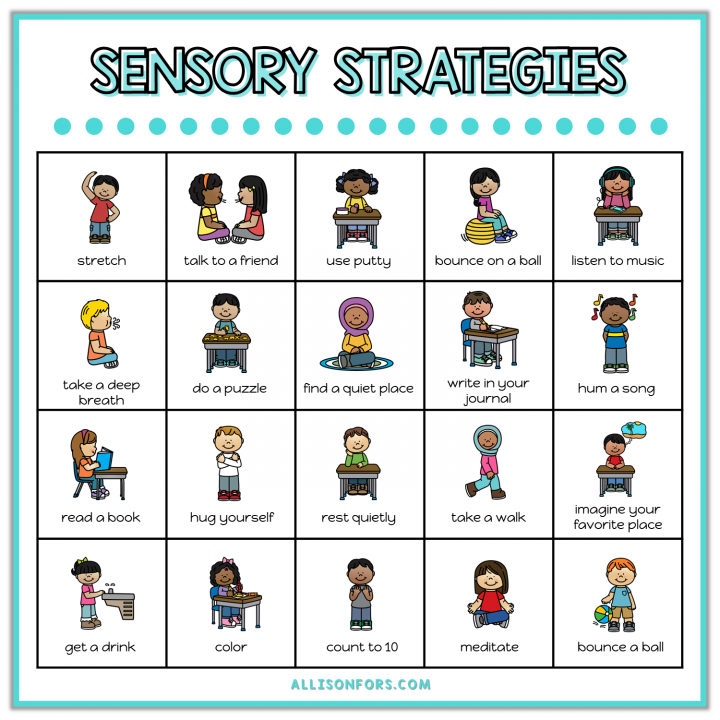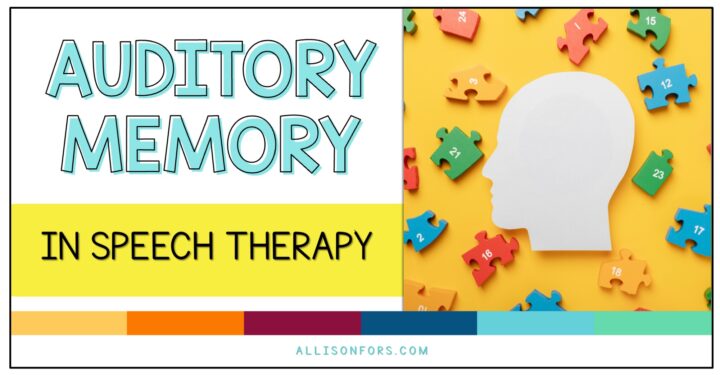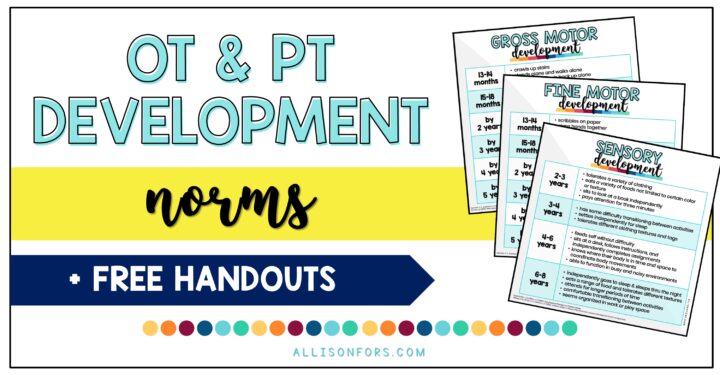
Strategies for Tantrum-Free Transitions
Transitions can be challenging – to and from speech therapy as well as in the therapy session! Those with Autism Spectrum Disorder or sensory processing disorder typically have a difficult time with transitions. Fortunately, there are strategies you can use to keep kids focused and know what to expect as you move between tasks or physical areas. I’ve outlined a few of my favorite little tricks to prevent tantrums and distractions below – give them a try!
EASY TRICKS FOR SMOOTH TRANSITIONS IN SPEECH THERAPY
1. Use a Visual Schedule
A visual schedule serves as an interactive guide to show kids what to expect for the day while tracking their progress. Knowing what comes next and the expectations are helpful in avoiding meltdowns. Break the day down into steps and create a picture card that represents each activity. Arrange the activities in a way that the child’s favorite activities are spread throughout the day; they always need something to look forward to. Have the child remove each activity’s card from the schedule as they complete it.
2. Use a Transition Object
A favorite toy or security object makes an otherwise difficult transition a little easier. For example, if a child is playing with toys when you pick them up at the classroom, let them select one object to bring along to therapy. Have them put the toy in their pocket or a “parking spot” in the speech room so it won’t be a distraction during the activity.
3. Provide Warnings
Letting the child know how much time they have left in each activity prepares them for the upcoming transition. Provide transition cues such as, “We have one more minute until it’s time to clean this up,” or, “We have two more turns with this toy.” A countdown clock (visual timer app or sand timer) is a great way to provide visual clues throughout the activity and give them plenty of time to transition.
4. Use Signals
Use visual or auditory signals to show the child it’s time to switch to the next activity. Keep the signal consistent, such as turning off the lights or playing a specific song let them know the transition is coming. Let the child be responsible for these signals, such as asking them to flip the light switch or sing along to the song.
5. Clearly Define Physical Expectations
Children find it easier to move between tasks if they know exactly where to go and what to do. For example, teach them that they should sit in a specific chair at the table during one activity and sit on a floor mat for the next one. Being consistent is key!
Download these helpful handouts for free!
Do have your own strategies for behavior management during transitions? I’d love to hear them – share in the comments!
If you enjoyed this post, please share it!
Follow my blog with Bloglovin









